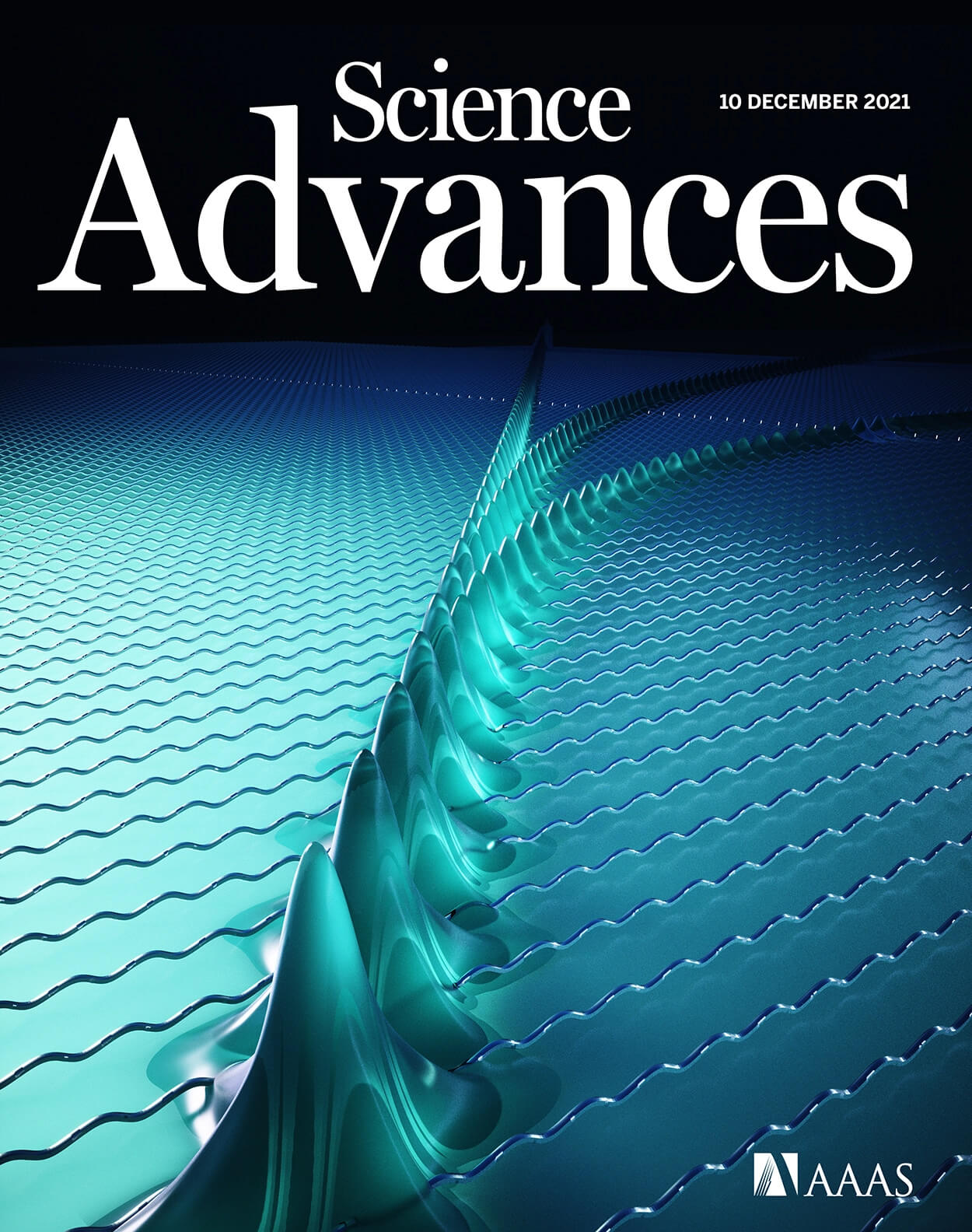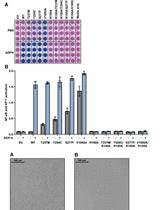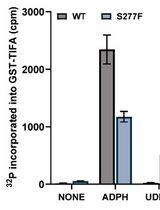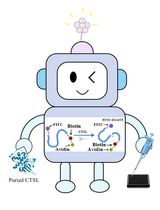- EN - English
- CN - 中文
Measurement of Secreted Embryonic Alkaline Phosphatase
分泌性胚胎碱性磷酸酶的测定
发布: 2023年02月05日第13卷第3期 DOI: 10.21769/BioProtoc.4600 浏览次数: 1883
评审: Laxmi Narayan MishraNityanand SrivastavaSashikantha Reddy Pulikallu
Abstract
Secreted reporters have been demonstrated to be simple and useful tools for analyzing transcriptional regulation in mammalian cells. The distinctive feature of these assays is the ability to detect reporter gene expression in the culture supernatant without affecting the cell physiology or leading to cell lysis, which allows repeated experimentation and sampling of the culture medium using the same cell cultures. Secreted embryonic alkaline phosphatase (SEAP) is one of the most widely used reporter, which can be easily detected using colorimetry following incubation with a substrate, such as p-nitrophenol phosphate. In this report, we present detailed procedures for detection and quantification of the SEAP reporter. We believe that this step-by-step protocol can be easily used by researchers to monitor and measure molecular genetic events in a variety of mammalian cells due to its simplicity and ease of handling.
Graphical abstract

Schematic overview of the workflow described in this protocol
Background
Reporter gene assays have been important for biomedical and pharmaceutical studies to monitor cellular activities associated with gene expression, regulation, and signal transduction. An ideal secreted reporter system would provide a more simple, rapid, and sensitive method to detect gene expression in a quantitative manner compared to classical intracellular reporters. Secreted embryonic alkaline phosphatase (SEAP), a C-terminal truncated variant of human placental alkaline phosphatase (PLAP), is one of the most widely used secreted mammalian reporter enzymes, engineered by deleting the 30 amino acid anchoring domain of PLAP (Berger et al., 1988). The SEAP reporter assay has superior properties: it is a simple and non-invasive procedure that does not require cell lysis and allows for long-term monitoring of gene expression in vitro and in vivo (Yang et al., 1997; Schlatter et al., 2002; Jiang et al., 2008). Moreover, transfected cells are not disturbed and remain intact for further studies during measurement of SEAP activity (Hu et al., 2022). Furthermore, the heat stability of SEAP and resistance to the phosphatase inhibitor L-homoarginine allow the samples to be pretreated at 65°C or with this inhibitor, to eliminate endogenous alkaline phosphatase activity (Tannous and Teng, 2011). Here, we describe the experimental procedures of in vitro measurement of SEAP adapted from our previously published work (Wang et al., 2021). This method can be useful for real-time monitoring of gene expression patterns in various cells and animals.
Materials and Reagents
96-well plate, transparent (Corning, catalog number: 3365)
24-well plate, transparent (Corning, catalog number: 3537)
T25 flask (Corning, catalog number: 430639)
HEK-293T (ATCC, CRL-11268)
Dulbecco's modified Eagle's medium (DMEM) (Gibco, catalog number: 31600-083)
Fetal bovine serum (FBS) (Gibco, catalog number: 10270-106)
0.25% trypsin-EDTA
1% (vol/vol) penicillin and streptomycin solution (Beyotime Inc., catalog number: ST488-1/ST488-2)
p-nitrophenylphosphate (Sangon Biotech, CAS: 333338-18-4)
L-homoarginine (Sangon Biotech, CAS: 1483-01-8)
MgCl2·6H2O (Sangon Biotech, CAS: 7791-18-6)
Diethanolamine (Sangon Biotech, CAS: 111-42-2)
NaCl (Sangon Biotech, CAS: 7647-14-5)
KCl (Sangon Biotech, CAS: 7647-40-7)
Na2HPO4 (Sangon Biotech, CAS: 7558-79-4)
KH2PO4 (Sangon Biotech, CAS: 7778-77-0)
HCl (Sinopharm Chemical Reagent Co., Ltd., CAS: 7647-01-0)
Polyethyleneimine (PEI, molecular weight 40,000, stock solution 1 mg/mL in ddH2O) (Polysciences, catalog number: 24765)
1× PBS (see Recipes)
2× SEAP assay buffer (see Recipes)
Substrate solution (see Recipes)
Plasmids (see Table 1)
Table 1.Plasmids designed and used in this study
Plasmid Description and cloning strategy Reference pXY137 Constitutive mammalian BldD and BphS expression vector (ITR-PhCMV-p65-VP64-BldD-pA-PhCMV-BphS-P2A-YhjH-pA-ITR) Shao et al. (2017) pZQ5 Far-red light-inducible expression vector (2*crRNA binding site-PhCMVmin-SEAP-pA) This work pZQ28 Constitutive crRNA2SEAP expression vector (PU6-crRNASEAP-pA) This work pZQ113 Constitutive mammalian PhCMV-driven expression vector (PhCMV-scFv-45bp linker-p65-HSF1-pA) This work pZQ116 Far-red light-inducible expression vector (PFRL2-dAsCas12a-NLS-10×GCN4-pA; PFRL3, (OwhiG)2-PhCMVmin) This work
Equipment
Water bath
CO2 incubator
Constant temperature incubator (65°C)
Synergy H1 hybrid multi-mode microplate reader (BioTek Instruments, Inc.)
Multipass pipette
Reagent reservoirs
Hemocytometer (Merck, catalog number: Z359629)
Software
Excel (Microsoft)
Gen5 software (version: 2.04)
Procedure
文章信息
版权信息
© 2023 The Author(s); This is an open access article under the CC BY-NC license (https://creativecommons.org/licenses/by-nc/4.0/).
如何引用
Readers should cite both the Bio-protocol article and the original research article where this protocol was used:
- Wang, M., Wang, X. and Ye, H. (2023). Measurement of Secreted Embryonic Alkaline Phosphatase. Bio-protocol 13(3): e4600. DOI: 10.21769/BioProtoc.4600.
- Wang, X., Dong, K., Kong, D., Zhou, Y., Yin, J., Cai, F., Wang, M. and Ye, H. (2021). A far-red light-inducible CRISPR-Cas12a platform for remote-controlled genome editing and gene activation. Science advances 7(50): eabh2358.
分类
生物化学 > 蛋白质 > 活性
细胞生物学 > 基于细胞的分析方法 > 酶学测定
您对这篇实验方法有问题吗?
在此处发布您的问题,我们将邀请本文作者来回答。同时,我们会将您的问题发布到Bio-protocol Exchange,以便寻求社区成员的帮助。
Share
Bluesky
X
Copy link













